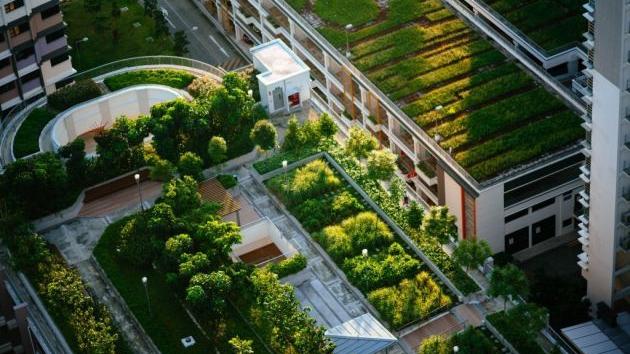Green, Green Grass of Roof – How Greening Roofs Saves Energy and How Much It Costs (PHOTO)
 Monday, 19.09.2022.
Monday, 19.09.2022.
 13:27
13:27
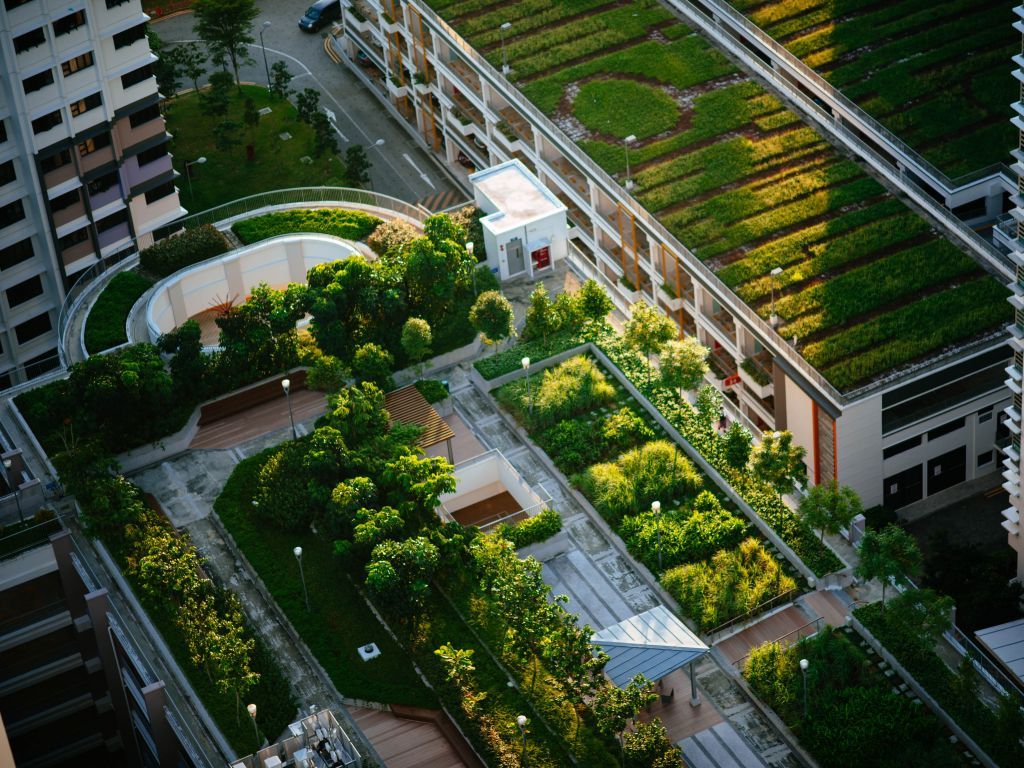
Experts emphasize that a green roof is more expensive than a traditional one, but that it is much more cost-effective in the long term and that is the reason why, in the past few years, investors in Serbia are increasingly interested in this type of a roof.
Jovana Boskovic of the Belgrade-based company Green Decor, which designs and installs green roofs, primarily highlights for eKapija their economic advantages, saying that they increase the value of the real estate, both through their aesthetic characteristics and through improving the structural and energy characteristics of the facilities:
– First of all, the life cycle of green roofs is twice as long as that of the conventional ones. Another advantage is the increase of the energy efficiency of the facility, because the green roof retains the warmth in the winter and cools it in the summer. Extensive green roofs (those with the lowest thickness of the substrate) reduce the daily air-conditioning needs during the summer by more than 75%. In Canada, for example, it has turned out that a building roof covered with plants with only 10 cm of the substrate reduces 25% of the needs for cooling in the summer. So, they are very efficient as a thermal insulation element and the shading of the exterior surface of the facility is more effective than interior insulation.
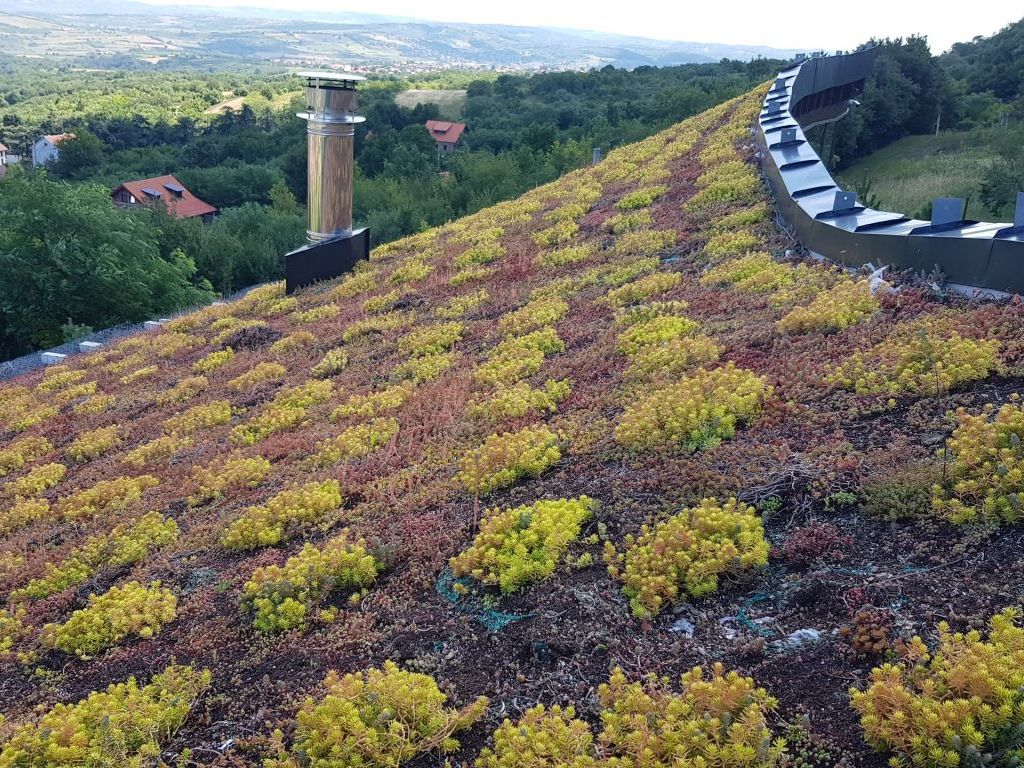
Our interviewee adds that green roofs can also lower exterior temperatures in the summer months and reduce the heat island effect:
– Plants on horizontal, but also vertical surfaces of residential facilities (green roofs) do so through daily evapotranspiration cycles. If the roof is covered with vegetation, the air temperature above the plant layer does not exceed 25 degrees Celsius.
Boskovic also emphasizes that these ecological roof coverings help reduce the distribution of dust and pollutants in the city, as well as the generation of smog, which plays a big role in the reduction of greenhouse gas emissions and the adaptation of urban areas to the future climate with warmer summers.
And green roofs protect even from floods and thereby reduce costs of the draining of rainwater. How?
– On green roofs, the water is retained in the substrate, and then, taken in by the plants, it is returned into the atmosphere through the processes of transpiration and evapotranspiration. In the summer months, depending on the type of plants and the depth of the substrate, green roofs retain 70-90% of the rainwater, and in the winter between 25-40%. In addition to retaining rainwater, they also extend the flowing out time, which reduces the load on the sewer pipes. They also act as natural filters for the treatment of rainwater – explains Jovana Boskovic.
Other advantages of green roofs which increase the value of the real estate include their role in sound insulation, but also fire protection.
– An extensive green roof can reduce an external sound by 40 decibels, and intensive ones (with a thicker substrate layer), by 46-50%. The plants and the substrate do so by absorbing or deflecting sound waves – the substrate blocks the lower sound frequencies, and the plants block higher ones. Also, compared to conventional roofs, the green ones are less combustible and, as such, provide fire protection – eKapija’s interviewee says.
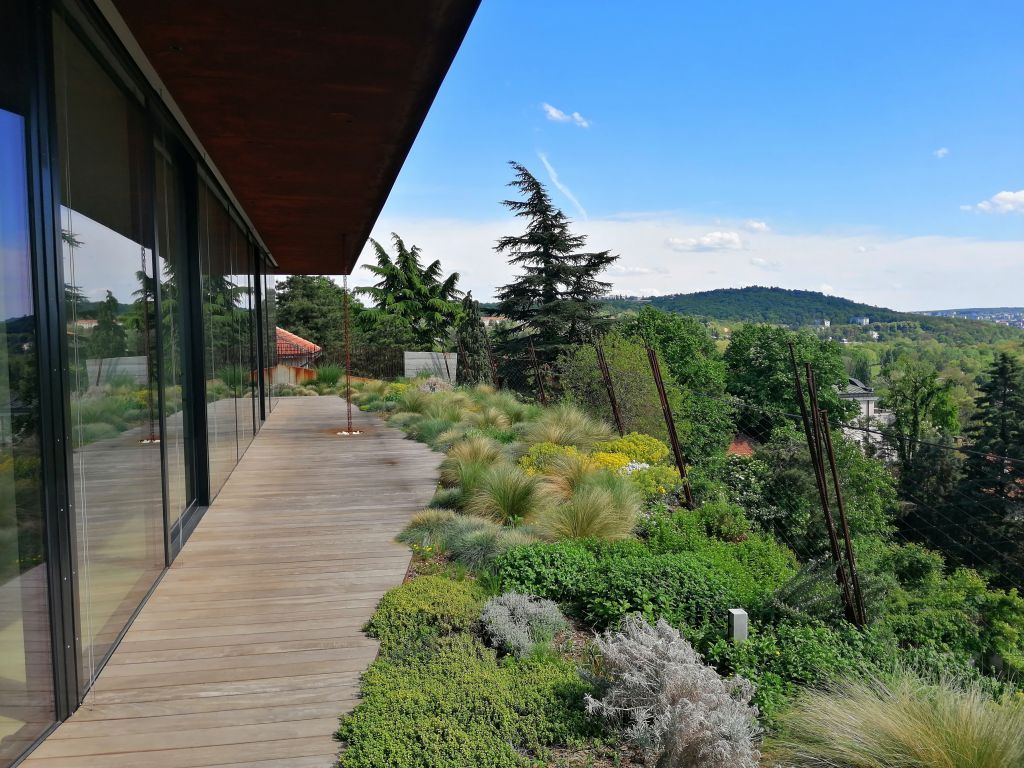
Finally, Boskovic adds, green roofs are popular and useful as new urban and natural spaces as well:
– Even a minimalistic roof greenery design increases the aesthetic value of the facility, and with that the value of the real estate, but green roofs also help achieve the principles of smart growth, because increasing green areas in the city has a positive impact on the urban environment, but also the natural environment. That makes these roofs suitable as roof gardens in urban areas, and also as habitats for various types of plants, insects and birds, which has a positive impact on the ecosystem.
Our interviewee, however, notes that there are still no standards and regulations in Serbia that regulate the field of the construction of green roofs, which can cause an urban chaos, because everything is left up to individual desires and estimates regarding the look, the content, the size of the plants and so on.
Types and prices
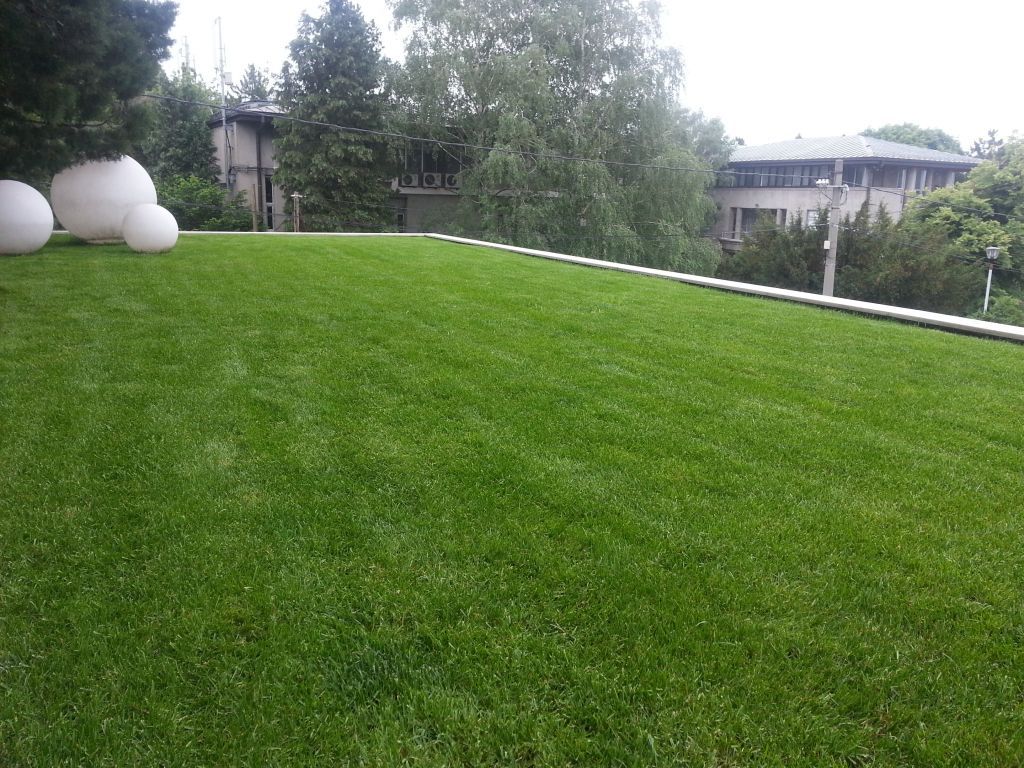
Extensive green roof
The depth of the nutritive substrate is 7 to 12 cm, and the plants used for extensive green roofs are sedums or meadow-type grasses which don’t require maintenance, which have a small root system and which withstand the drought easily, so extensive green roofs have no maintenance requests. They can be installed on nearly every flat roof or a roof with a maximum 30% incline. These systems are ideal for an efficient management of rainwater, but their function when it comes to the thermal regulation of facilities should not be forgotten either. The prices of this type of green roofs range from EUR 60 per square meter up.
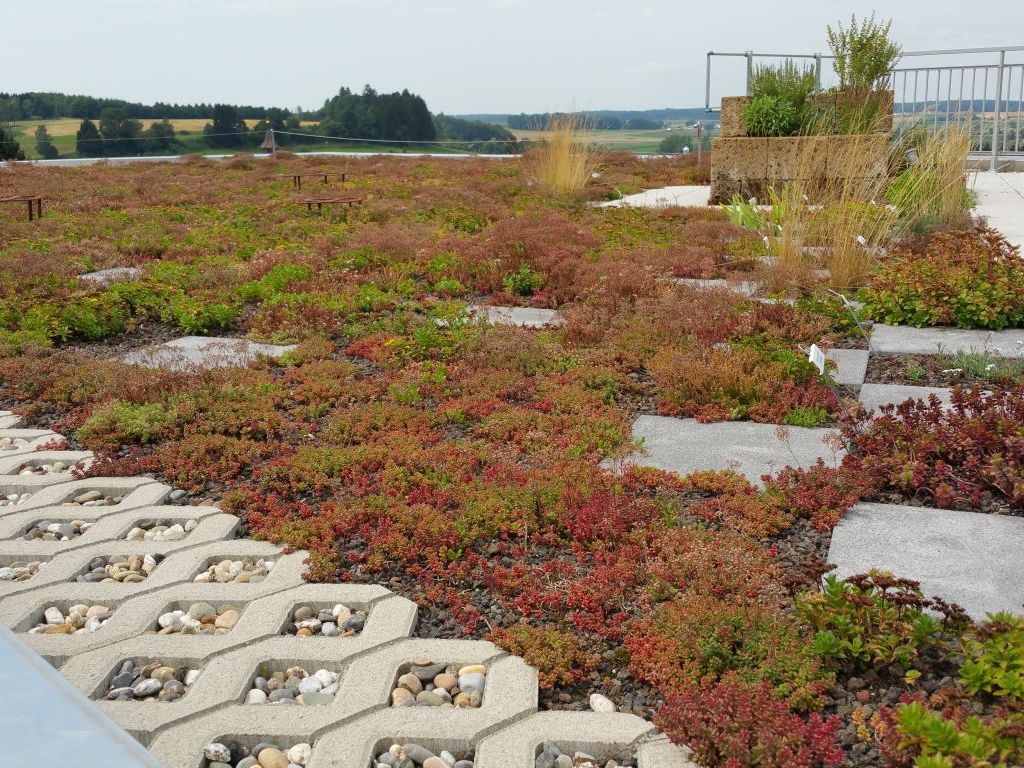
Semi-intensive green roof
It has the possibility of physical availability to users (for rest, recreation and vegetable farming), and, in addition to grassy plants, it mostly entails bushy ones, with a substrate depth of around 30 cm. These types of plants require moderate and temporary maintenance, so the installation of drainage and irrigation systems is needed, but they are capable of retaining more rainwater. The prices are EUR 90 per square meter up.
Intensive green roof
It is also called a roof garden because its substrate thickness (35-80 cm) allows for the forming of true gardens and oases – urban gardens, recreational areas, garden areas, children’s playgrounds… with the use of various plants, from ground plants to trees. They therefore offer a great potential for design, purpose and biodiversity, but also require more complex drainage and irrigation systems, the necessary nutritive elements for plants, as well as a serious approach to design and the execution of works. The statics of the facility needs to be taken into consideration here as well, precisely because of the thickness of the substrate. The lowest price for this type of a green roof is EUR 120 per square meter.
B. Petrovic
Naš izbor
Most Important News
06.04.2024. | Agriculture
Preconditions for Placement of Fresh Blueberries and Dried Plums in Chinese Market Secured

16.04.2024. | News
Jovan Ciric, Leasing Director Retail MPC Properties – MPC Echo symbolizes our desire for good ideas and innovative endeavors to spread freely and bring about positive changes

16.04.2024. | News
10.04.2024. | Finance, IT, Telecommunications, Tourism, Sports, Culture
Creative Industry – What This Serbian Economy Sector Worth EUR 2 Billion Encompasses

10.04.2024. | Finance, IT, Telecommunications, Tourism, Sports, Culture
18.04.2024. | Industry, Finance
Here come the new hunters for Serbian gold – Australian Strickland Metals buys mining project on mountain Rogozna
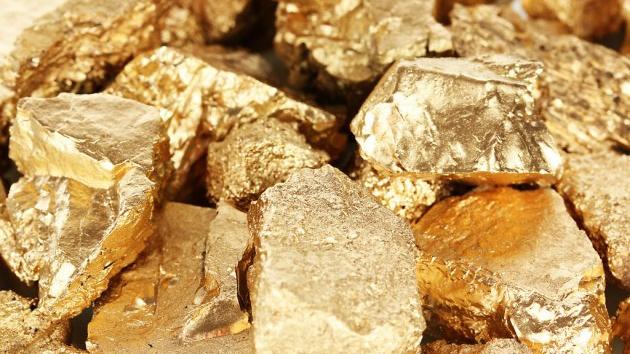
18.04.2024. | Industry, Finance
16.04.2024. | News
Economy Fair in Mostar opens – 26 companies from Serbia exhibiting

16.04.2024. | News
18.04.2024. | Transport
Jovanovic: Purchase of Siemens trams produced in Kragujevac for GSP Beograd should be considered
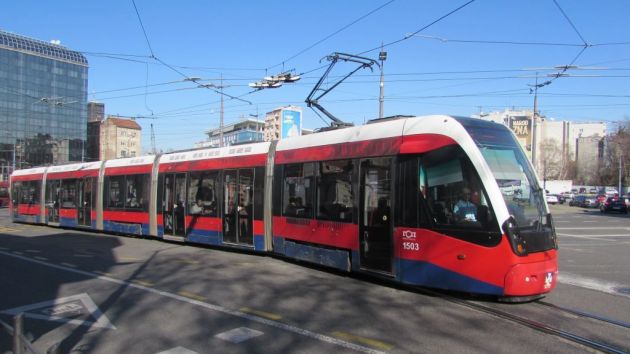
18.04.2024. | Transport


 Izdanje Srbija
Izdanje Srbija Serbische Ausgabe
Serbische Ausgabe Izdanje BiH
Izdanje BiH Izdanje Crna Gora
Izdanje Crna Gora


 News
News







